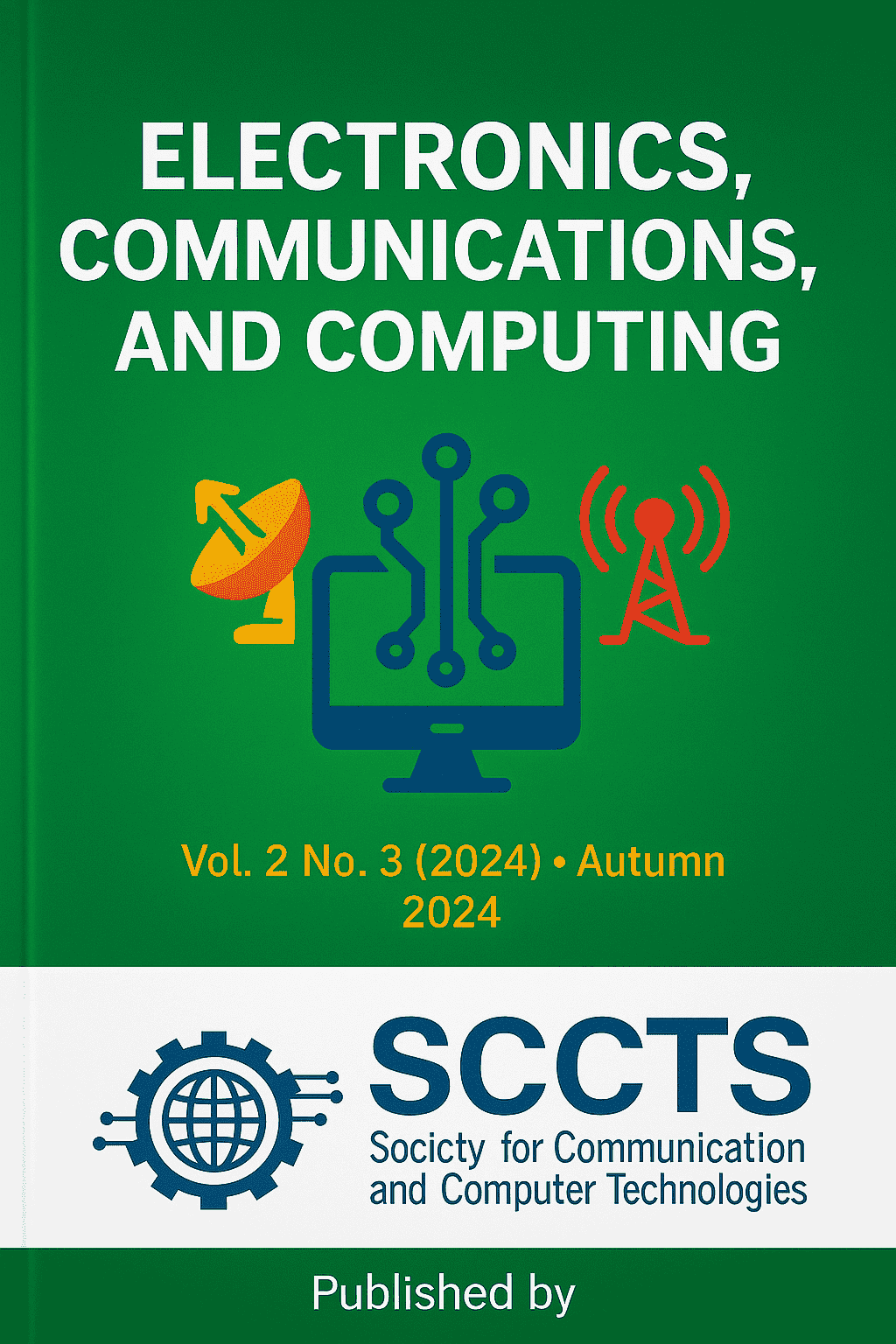Zero-Trust Architectures in Enterprise Networks: A Comprehensive Framework for Next-Generation Cybersecurity
Keywords:
Zero Trust Architecture (ZTA), Enterprise Networks, Access Control, Microsegmentation, Cybersecurity, Trust Scoring, Software-Defined Networking (SDN), AI-Based Threat Detection, Policy Enforcement, Identity ManagementAbstract
With the rising attack rate of cyber threats, adoption of cloud, large geographically dispersed workforce, and the use of the bring-your- own-device (BYOD) policies, the traditional perimeter-based security models are no longer adequate to secure the modern enterprise networks. Such a changing security situational landscape requires a new paradigm shift in security practices and Zero-Trust Architecture (ZTA) has come out as a very strong option. As a zero-trust-based approach, ZTA embraces the idea, There is no trust, only verify, by making use of continuous authentication and dynamic access controls and micro-segmentation, whether a user or device is inside or outside the organizational perimeter. The Zero-Trust framework described in this paper is deep and layered and is designed to support enterprise settings and combine identity and access management (IAM), software-defined microsegmentation and AI-based anomaly detection. The given architecture has four fundamental layers which include access control on the basis of strong authentication (MFA, OAuth2), policy engine to make decisions based on the context of access (ABAC), microsegmentation layer that is built on SDN to isolate the traffic and control it, and an analytics layer that has to be based on behavioral monitoring and trust scoring models to reveal insider threats and policy breaches. Simulation environment integrating on-premise and cloud resources is designed using Mininet and Open vSwitch and AWS, and multiple threat scenarios according to MITRE ATT&CK framework were carried out with the help of the tools, such as Caldera, to test the speed of the system. The findings indicate that ZTA model has reduced risk of lateral movement by 43 percent, reduced mean time to remediation (MTTR) by 37 percent, and enhanced threat containment and detection precision as compared to conventional security configurations. This study not only proves that ZTA is technically feasible to be deployed with large scale enterprises but also provides real world implementation considerations of the issues like legacy integration, overhead of real-time policy enforcement, user experience trade-offs. These results confirm that Zero Trust is a lasting cybersecurity approach towards securing dynamic, distributed, and highly virtualized enterprise networks.



